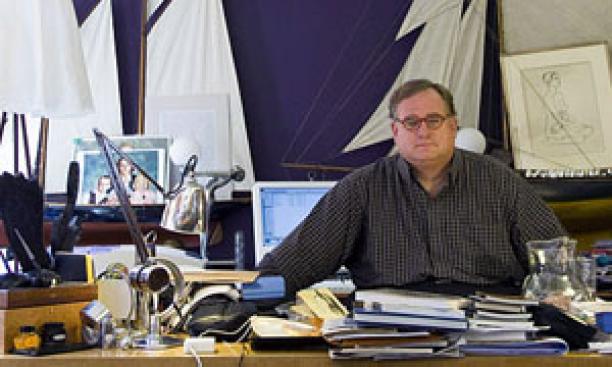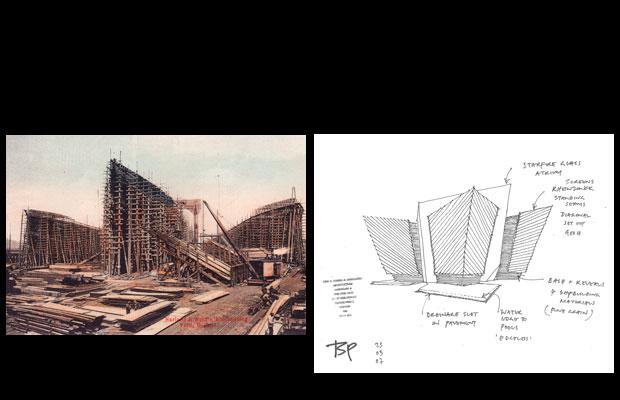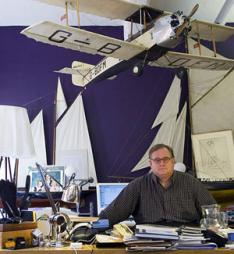
Architect Eric Kuhne *83 knew that Titanic Belfast was off to a good start the day before its March 31 debut. The exhibition center, designed by Kuhne’s London-based firm, Civic Arts / Eric R. Kuhne and Associates, opened its doors without public notice, and about 4,000 people from the Northern Ireland city came to visit. In the two weeks since, the center has drawn thousands more — about three times the most optimistic estimates, Kuhne said — and attracted widespread media attention as the world marked the 100th anniversary of the Titanic’s tragic sinking.
Kuhne’s work in Belfast began seven years ago with a master plan for the waterfront that once housed one of the world’s premier shipbuilding centers, including the shipyard that built Titanic and its sister ship, Olympic. Titanic Belfast, on the site of that historic yard, aims to be a major tourist destination as well as a public hub for Belfastians and a source of civic pride. “The shipyard is not about one tragic ship,” Kuhne explained in an interview with PAW. “It’s about 400 years of maritime excellence.”
Titanic Belfast, like many of Kuhne’s projects, aims to restore “the pageantry of civic places,” he said, an idea instilled through his studies at Princeton, where he was inspired by professors such as Michael Graves, David Coffin ’50 *54, Alan Colquhoun, and Anthony Vidler.
As Kuhne walked the grounds last week, he watched the new arrivals posing for pictures in the letters of “TITANIC,” cut out of a one-inch-thick plate of steel (the same width used in the ship). He listened as visitors discussed historic details and reacted to exhibits that recreate the slipways where workers constructed the monumental ships. In the movement between galleries, Kuhne imagined echoes of the bustling activity that gave birth to the Titanic. “We recreated the song of the slipways,” he said.
Gallery: View images of Titanic Belfast, including design sketches that drew inspiration from historical and natural themes.





